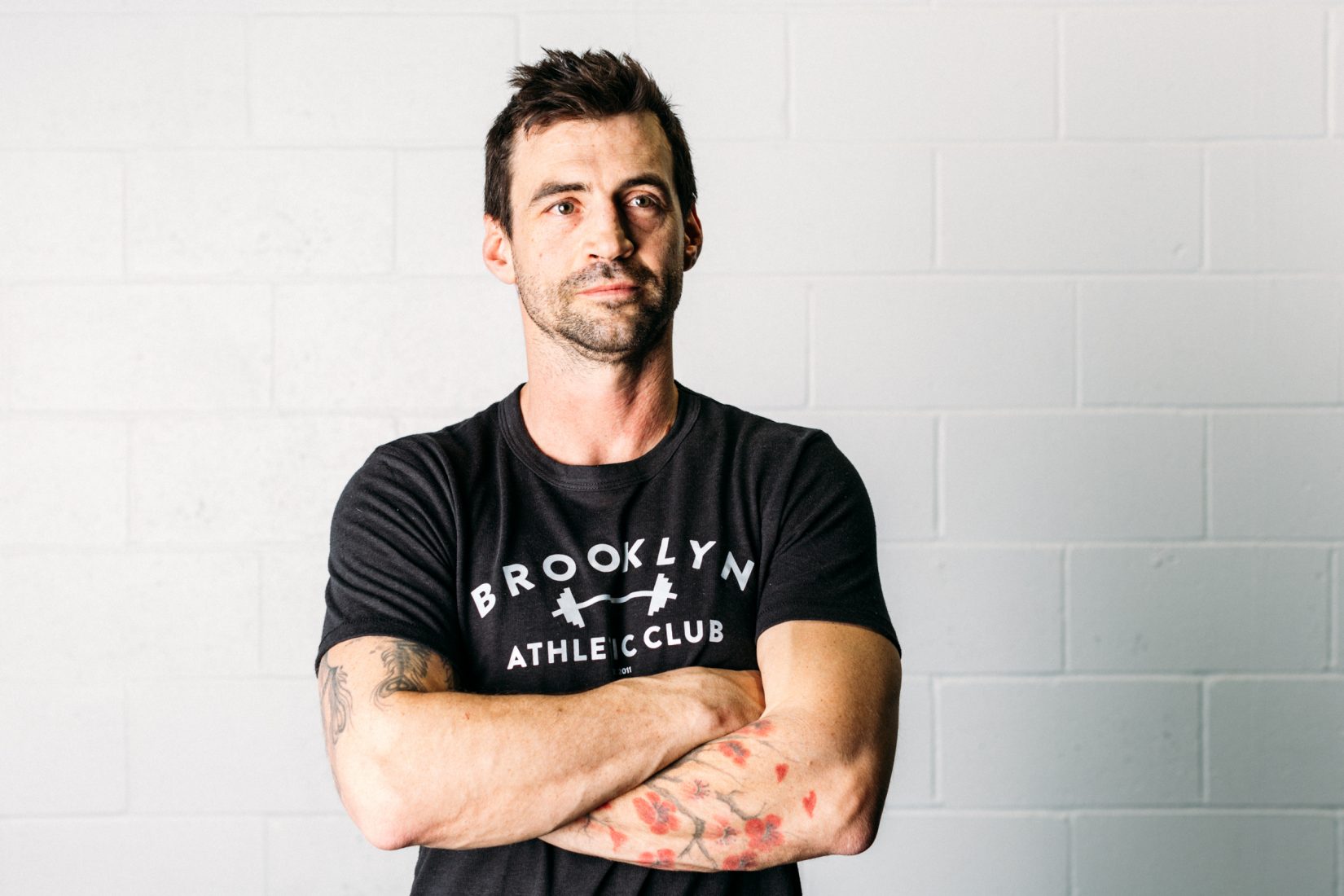Dr. Darren J. Friedman is an attending surgeon at NewYork-Presbyterian/Lower Manhattan Hospital and a Clinical Assistant Professor of Orthopaedic Surgery at Weill Cornell Medicine. Board Certified in Orthopaedic Surgery and Sports Medicine, Dr. Friedman has expertise in surgery of the shoulder, knee, sports medicine and musculoskeletal trauma. His goal is to provide comprehensive patient care in a kind, thoughtful manner with a focus on the individual.
Dr. Friedman sees patients at 170 William St. – Eighth Floor, New York, NY 10038. For an appointment with Dr. Friedman, you may call (212) 312-5567.
What types of injuries do you commonly see during the winter season?
The most common injuries are ankle sprains and ankle fractures as the result of a slip and fall on ice, wrist fractures from a slip and fall on ice and knee ligament injuries from skiing and snowboarding accidents.
How do you go about determining what needs surgery versus what doesn’t?
The determination for surgery comes down to the stability of the joint that is dealing with the ligament injury. Unstable joints tend to require procedures to allow for stabilization and appropriate healing. In addition, structural issues within a joint that may cause mechanical symptoms (catching, popping, locking) often require arthroscopic surgery to repair. Regarding fractures, we determine if surgery is necessary by the location of the fracture and the amount of displacement of the bone. The majority of fracture and ligament injuries can be treated with either casting or bracing and physical therapy.
What tips could you provide to help people stay safe and prevent serious injuries this winter?
Wear good shoes that have appropriate traction in slippery conditions. The majority of slip-and-fall injuries are due to black ice that can be hard to recognize. Make sure to always look out in front of you when walking to avoid slippery areas. When walking up and down stairs or on a slippery surface, hold on to a railing or something stabilizing if possible.
How can people take precautions to reduce the risk of a serious fracture or injury during the winter sport season?
Skiing and snowboarding tend to produce the most injuries in the winter season. The majority of these injuries occur towards the end of the day or towards the end of the trip when muscles are fatigued and the surrounding joints are more vulnerable. Once you sense muscular fatigue, it is time to stop the activity. Don’t go for that extra run at the end of the day.
What sort of treatment/recovery paths are there for those who are recovering from a major injury that has required surgery?
It depends upon the type of surgery that is performed. The majority of orthopedic surgery is minimally invasive and done via arthroscopy. The joint is visualized through a small camera and the damaged structures can be fixed using instruments placed percutaneously (through tiny incisions). This allows for accelerated rehabilitation and for a more rapid return of function.
Do you believe there is anything NYC could do a better job of during the winter to help prevent some of these injuries?
Appropriate salting of walkways is extremely important when it gets icy. In addition, adequate lighting is critical.
-by Jackie Hart

![djfriedman[1]](https://downtownmagazinenyc.com/wp-content/uploads/2016/02/djfriedman1.jpg)











